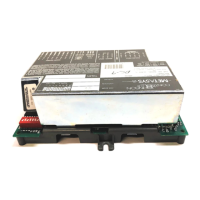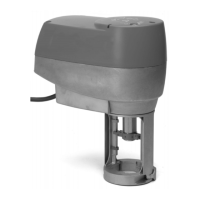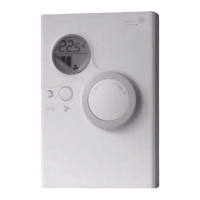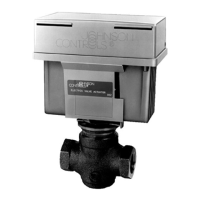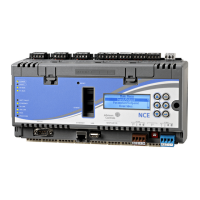LN Application Specific, Remote I/O, and Free Programmable Controllers Installation Instructions
15
Service LED Operation Guide
Repair Information
If the LN Series Application Specific Controller or Remote I/O Module fails to operate within its specifications,
replace the unit. For a replacement controller or module, contact the nearest Johnson Controls® representative.
Table 3: Service LED Operation Guide – Normal Operation
Operation Service
Off The device is in normal operation.
On The device is application-less.
Appropriate action: reload the APB or NXE.
Slow Blink
(1 second On, 1 second Off)
The device is not configured.
Appropriate action: Commission the device.
Fast Blink
(0.3 seconds On, 1 second Off)
Watchdog timeout. Application corrupted.
Appropriate action: Use the memory erase jumper to reset the Neuron chip’s
memory, then load the proper APB or NxE into the device using LN-Builder or
another network management tool.

